Simplified and automated OpenStack operation with Yaook
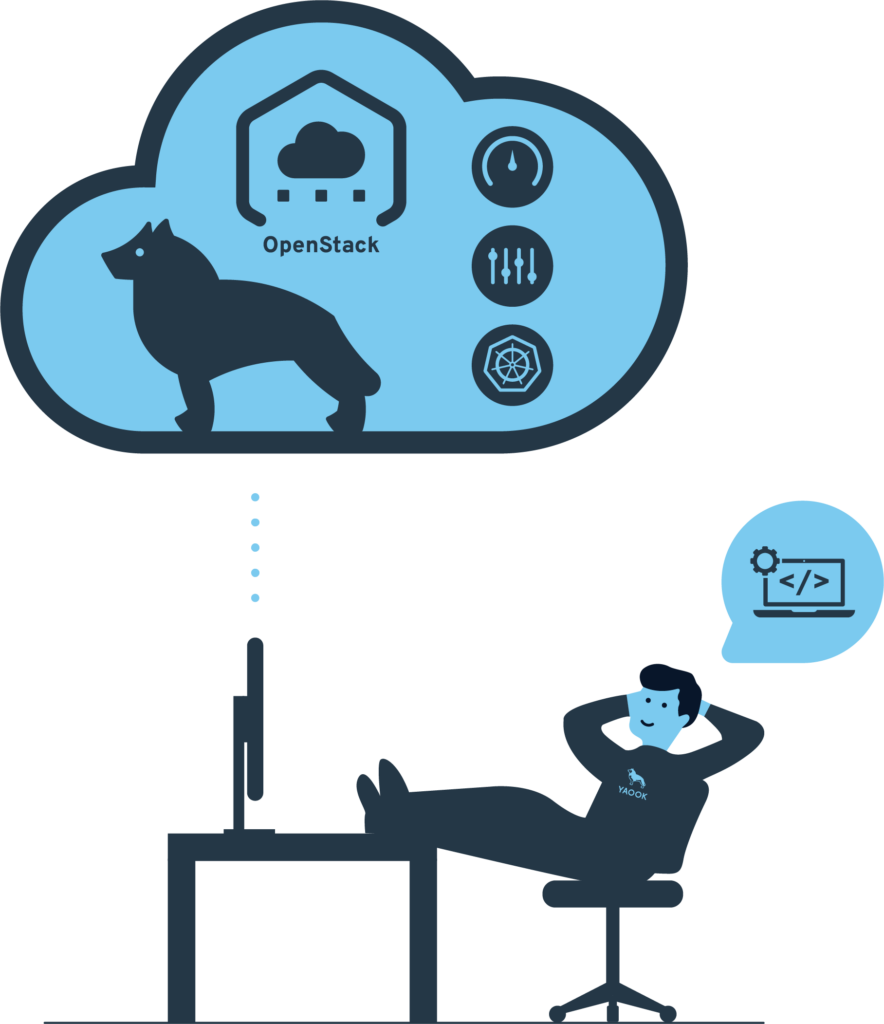
Take a look around - or jump directly to the following information:
Why Yaook?
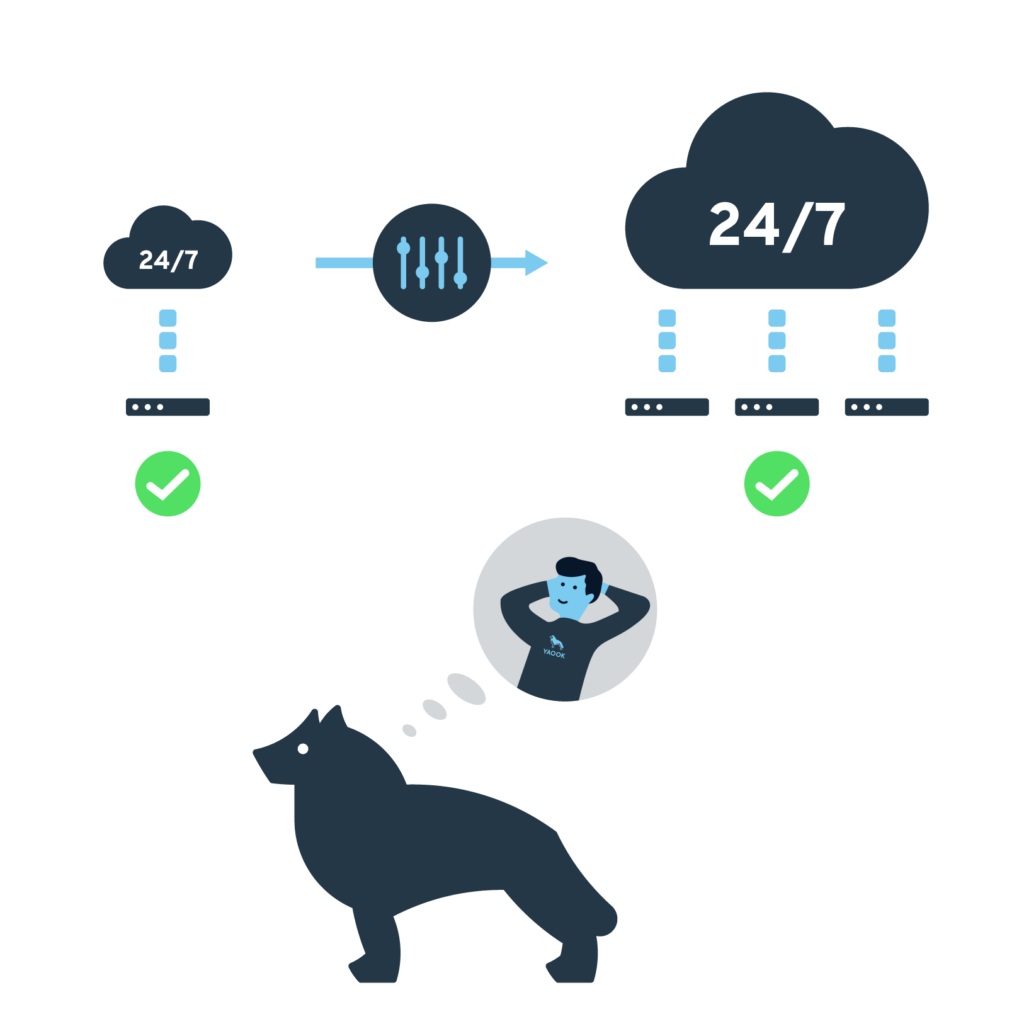
The challenges
Scalability
Clouds often start small - whether due to careful investment planning or a proof-of-concept phase. When growth sets in, the control plane must also be scaled. This includes moving services to other available nodes while ensuring availability at the same time.
Complex configuration
As an OpenStack cluster evolves, it accumulates special-case configurations - whether it's a new hardware generation, provider network, or service. Keeping track of which configuration applies where can become a real challenge over time.
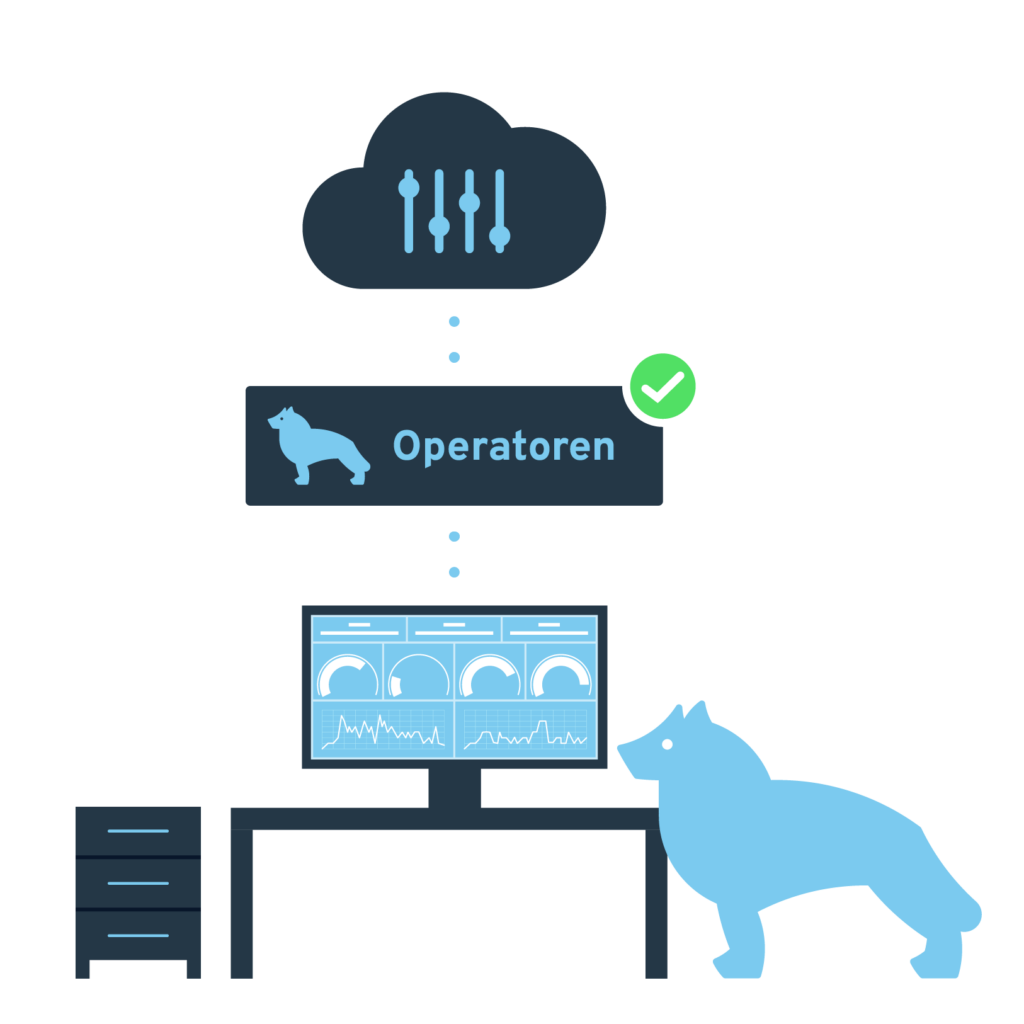
Solution & advantages
Unambiguous configuration
Operators
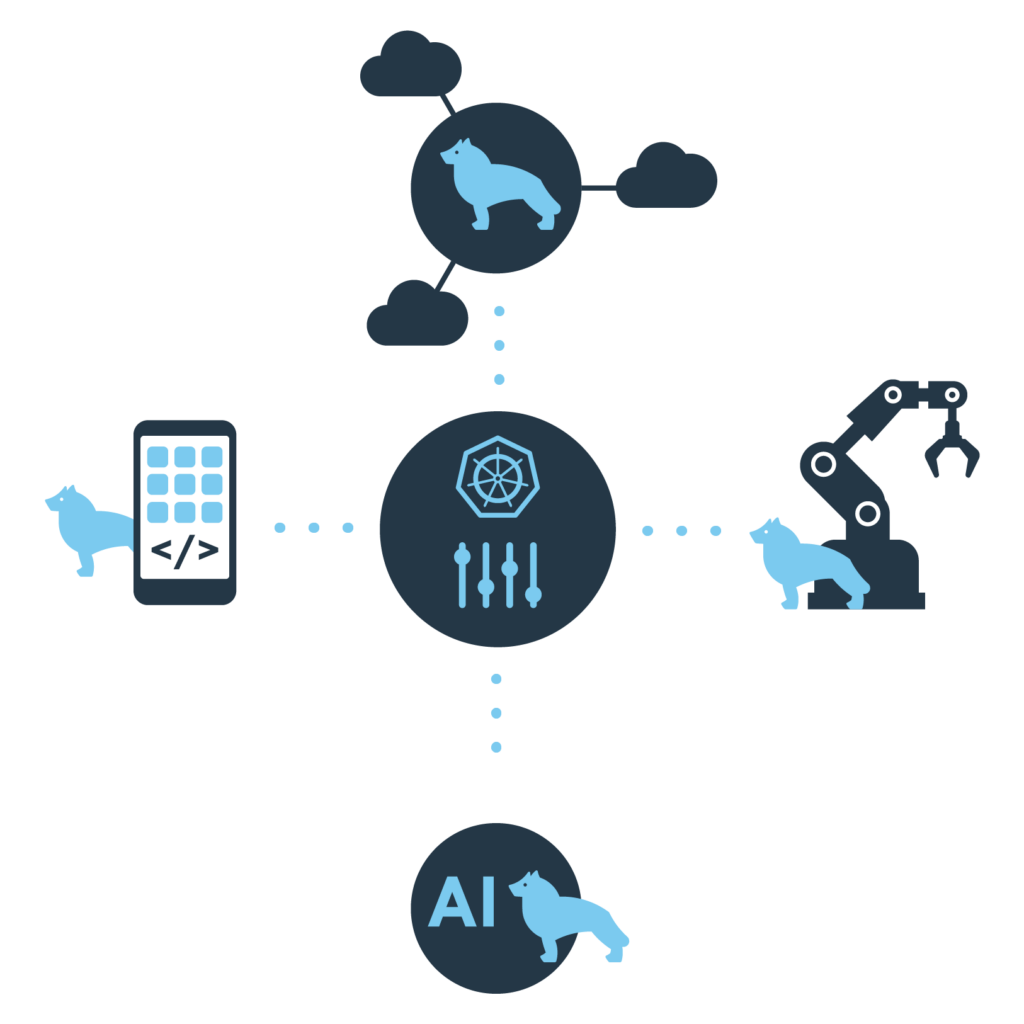
Field of application
Application scenarios

Yaook lets you sleep at night offers fearless automation is your trusted co-pilot
Features
Kubernetes-native
Yaook runs in Kubernetes, leveraging its power wherever possible.
Regardless of whether you use an IPv4only, an IPv6-only or a dual-stack cluster: Customers will be able to use all network technologies within OpenStack.
Automated „day two“
The operators assist with daily tasks like replacing failed nodes or upgrading to new versions. The automation within Yaook has been implemented and is continuously refined by a community of cloud operators. In total, decades of experience have shaped the algorithms used by Yaook.
Risk-averse
Label-based distribution
Almost every component of Yaook can be planned using labels and taints.
This is not only important to prevent control plane components from running on hypervisors - it also gives you more control if you expand the control plane to more than three nodes due to growth.
Secured by default
Mix & Match
Yaook supports a variety of OpenStack services, but the choice is yours. Select only the services you need and customise your cloud to be as feature-rich or minimalistic as you prefer.
Fully customisable
Open source
Yaook is completely open source and enables collaboration and transparency at every step.
Workflow
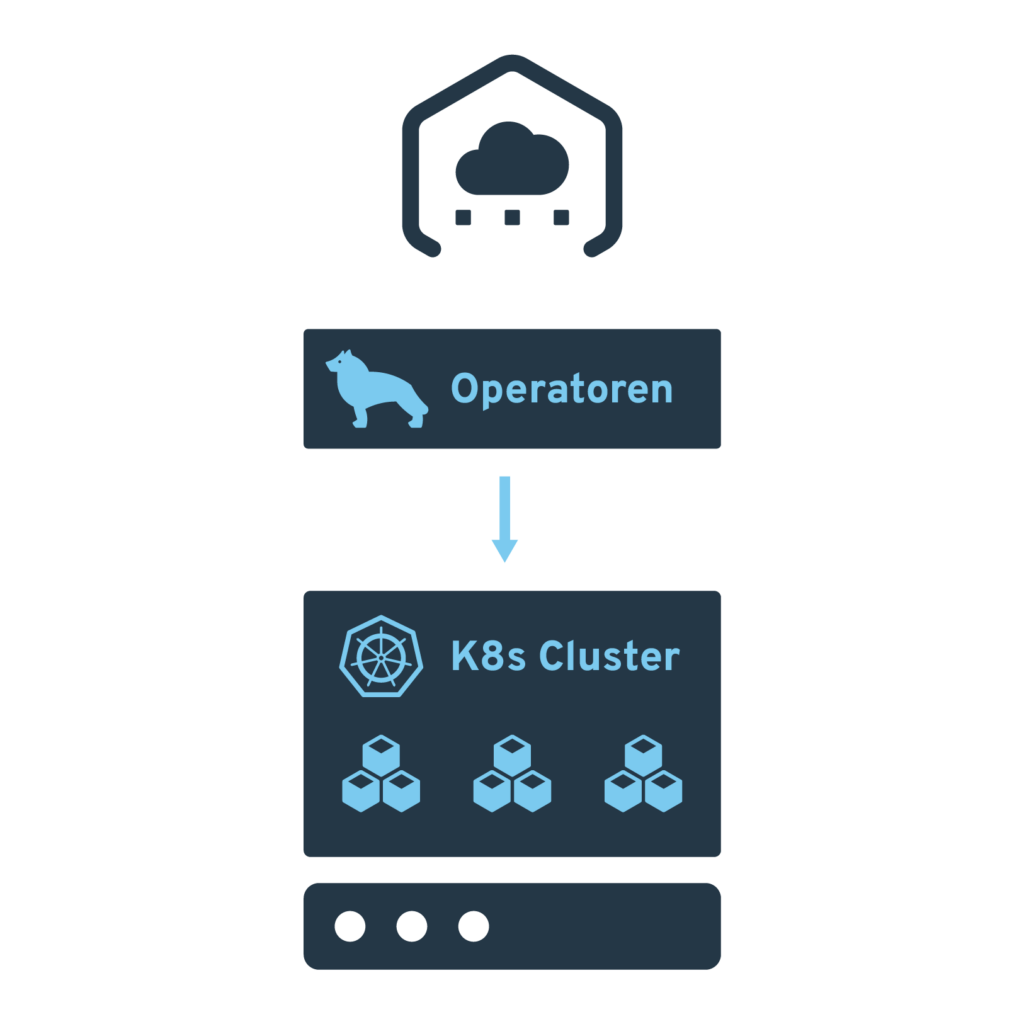
1. Provide the operators
Pick the OpenStack services you want and deploy the corresponding Yaook Operators to your (ideally bare-metal) Kubernetes cluster.
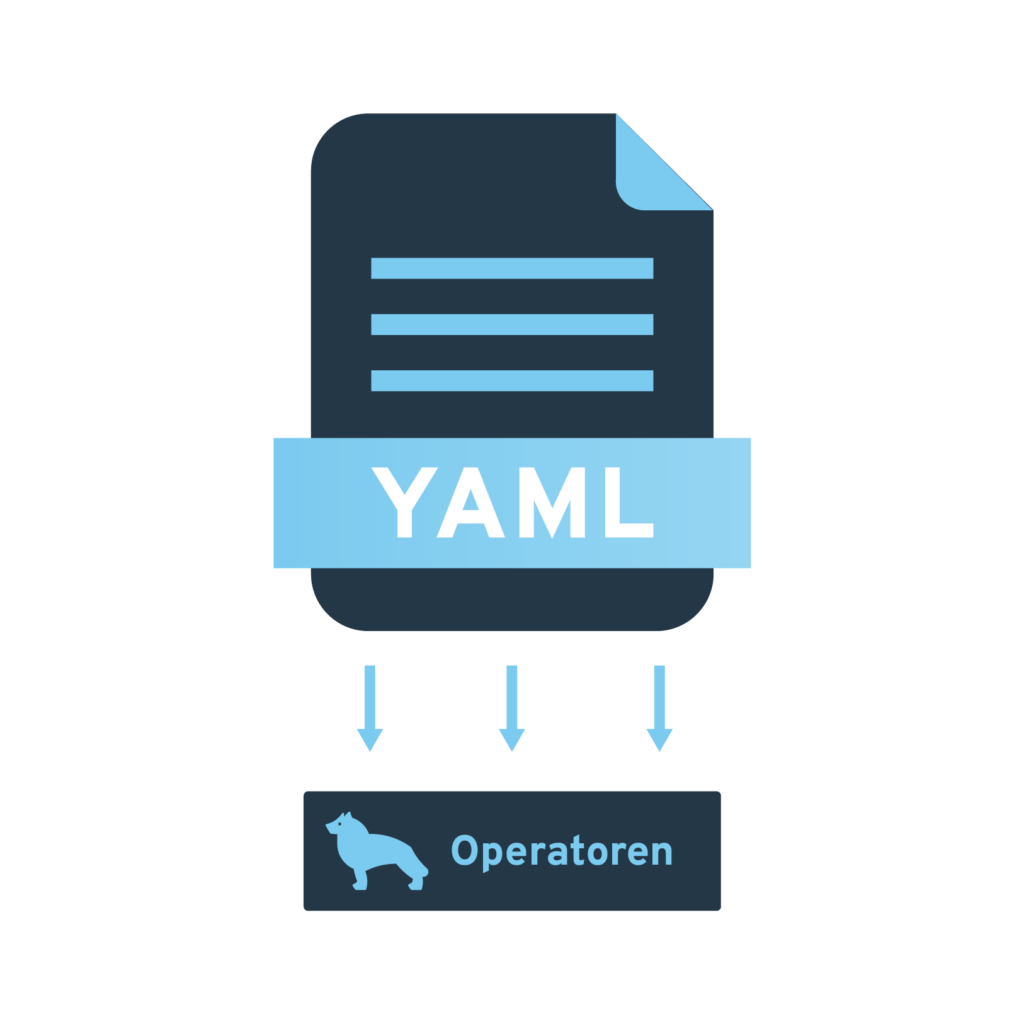
2. Configure your Cluster
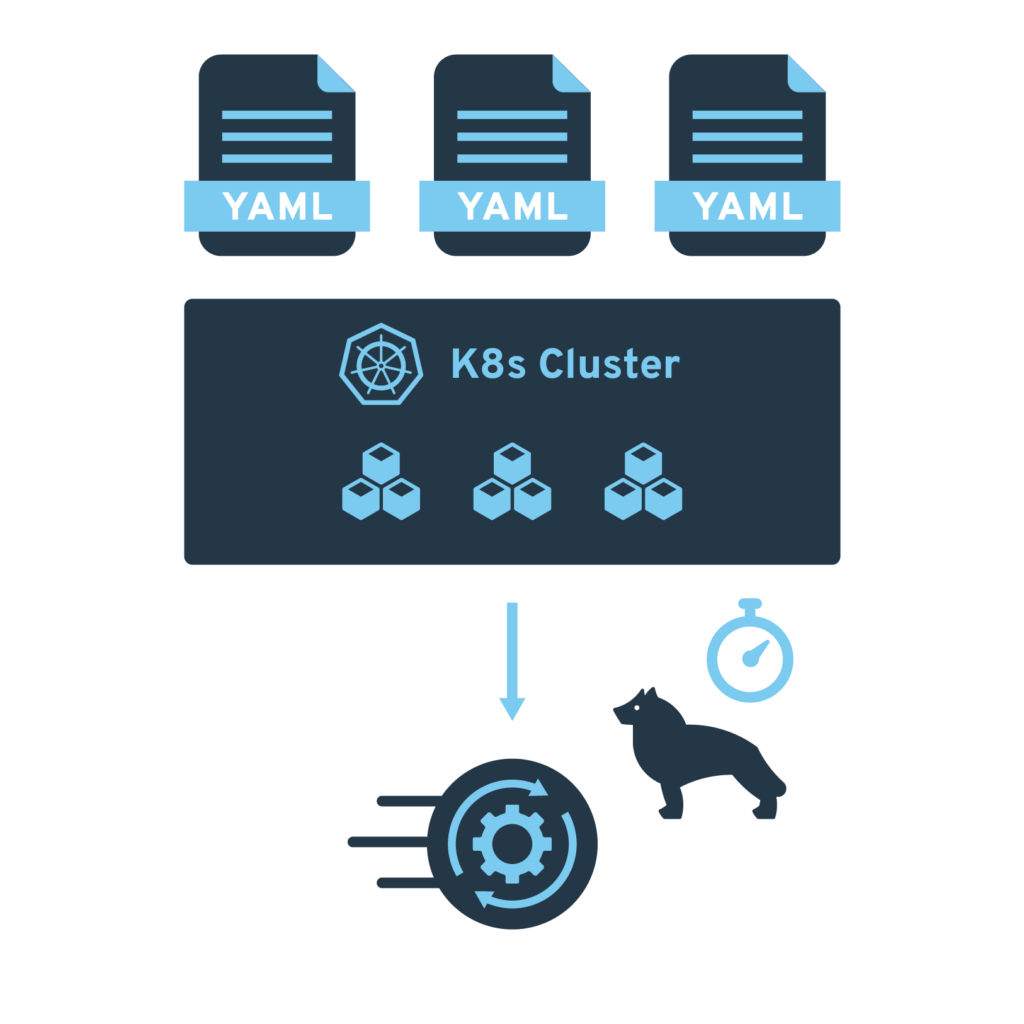
3. Press the button
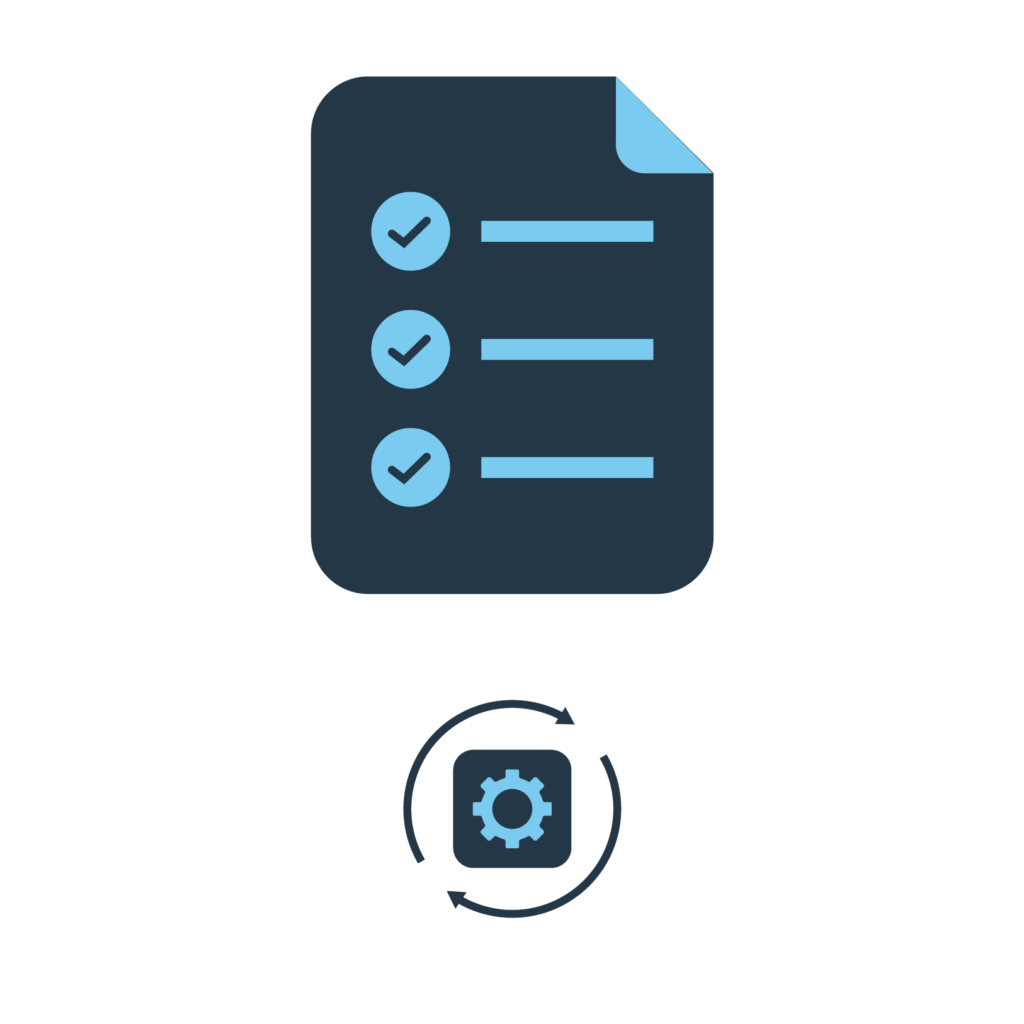
4. Run tests
Open source is Digital sovereignty the future Community
Use Cases

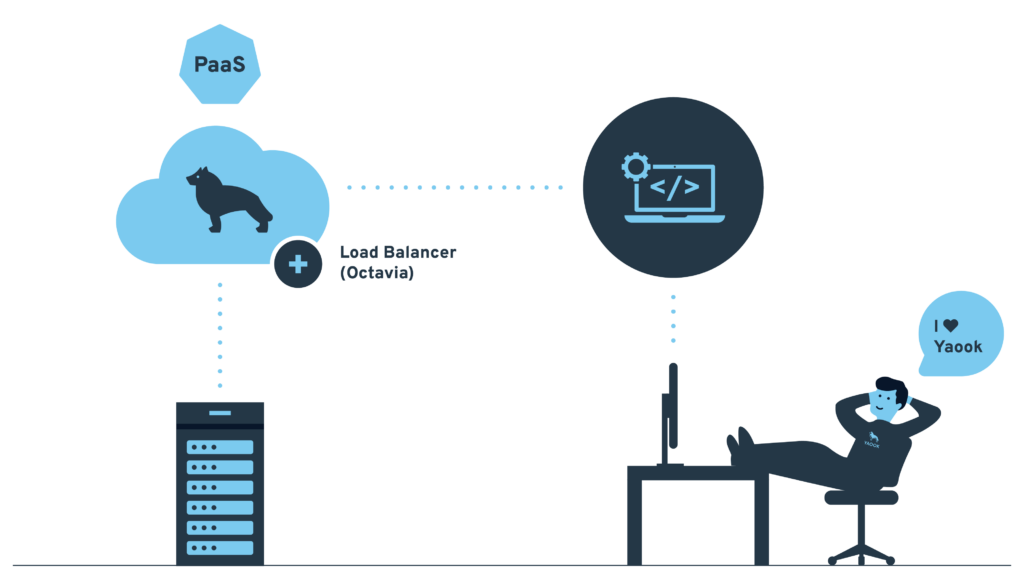
Your company offers a PaaS product. To gain additional market share, you want to advertise the fact that you have full control over the data and are no longer dependent on third-party cloud services.
You start with a minimal OpenStack, but at some point your developers ask for more advanced features like Load Balancing as a Service.
Adding it is as simple as reconfiguring the network on your nodes and adding an Octavia deployment to your system.
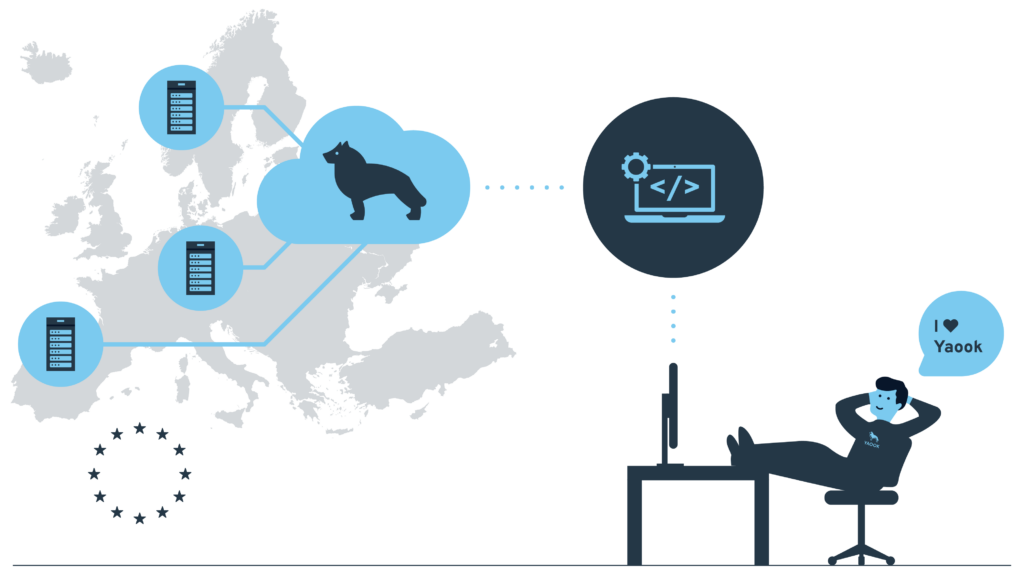


Community and user info
You want to try Yaook?
Do you have any questions? Found a bug? Want to contribute to the project? Join the Yaook community!
Videos about Yaook
OpenInfra Summit 2022
Yaook - Fearless automation. Deployment of OpenStack on Kubernetes
ALASCA Tech-Talk No1
Yaook: Using Kubernetes to deploy OpenStack, a non-cloud-native application
A project by ALASCA.
Yaook began in June 2020, laying the foundation for the community that would later grow into ALASCA - a non-profit association for the (further) development of operational, open cloud infrastructures. ALASCA's mission revolves around the further development and provision of open source tools that not only enable but also facilitate the development and operation of customised cloud infrastructures.
In addition to the practical development work on these projects, ALASCA also sees itself as a provider of knowledge on these topics - not only within the organisation, but also to the outside world, for example in the form of the ALASCA Tech Talks.
With a strong, motivated community and the combined expertise of its members, ALASCA is driving forward digital sovereignty in Germany and Europe in the long term - also in collaboration with other open source initiatives and communities in the digital sector.

